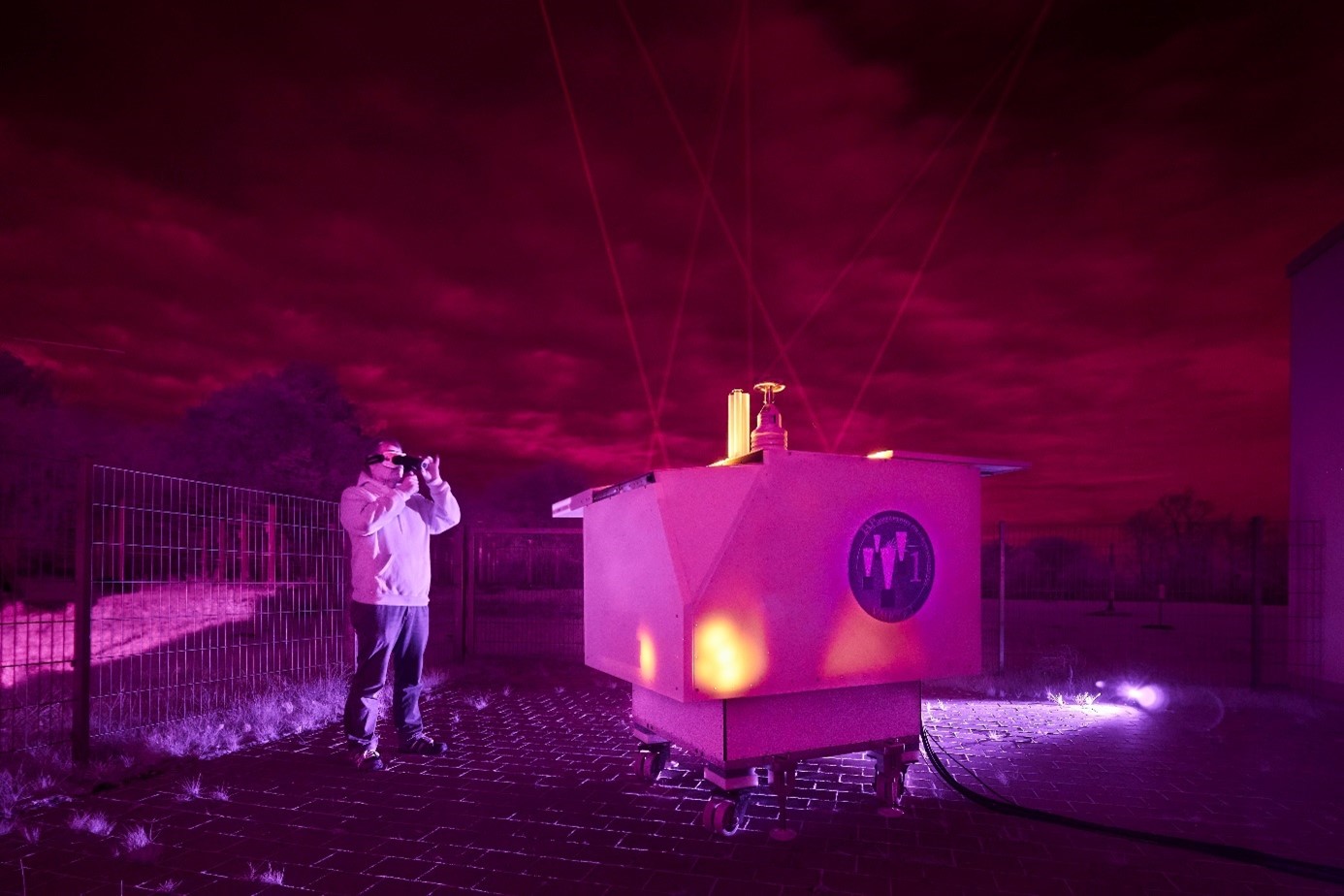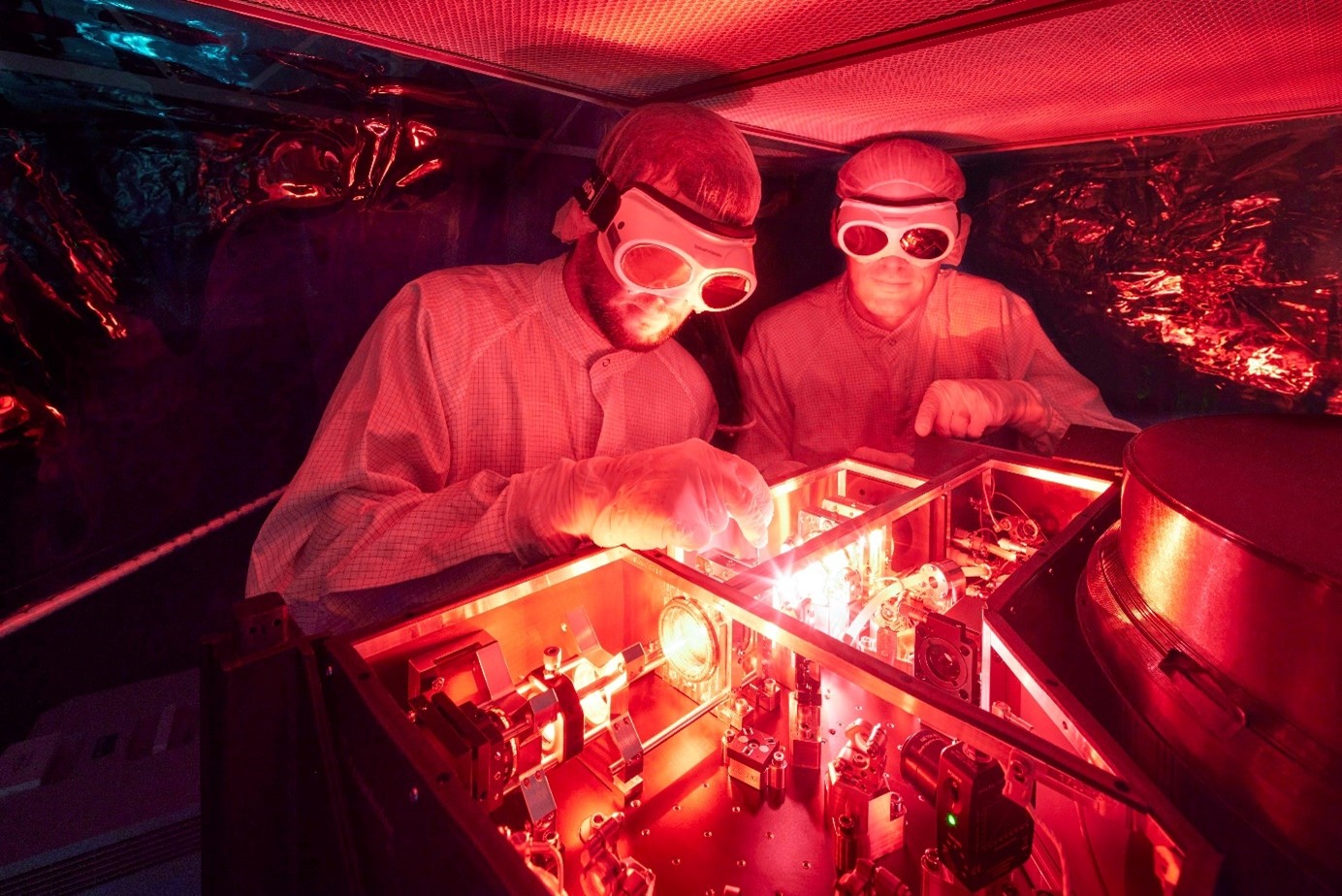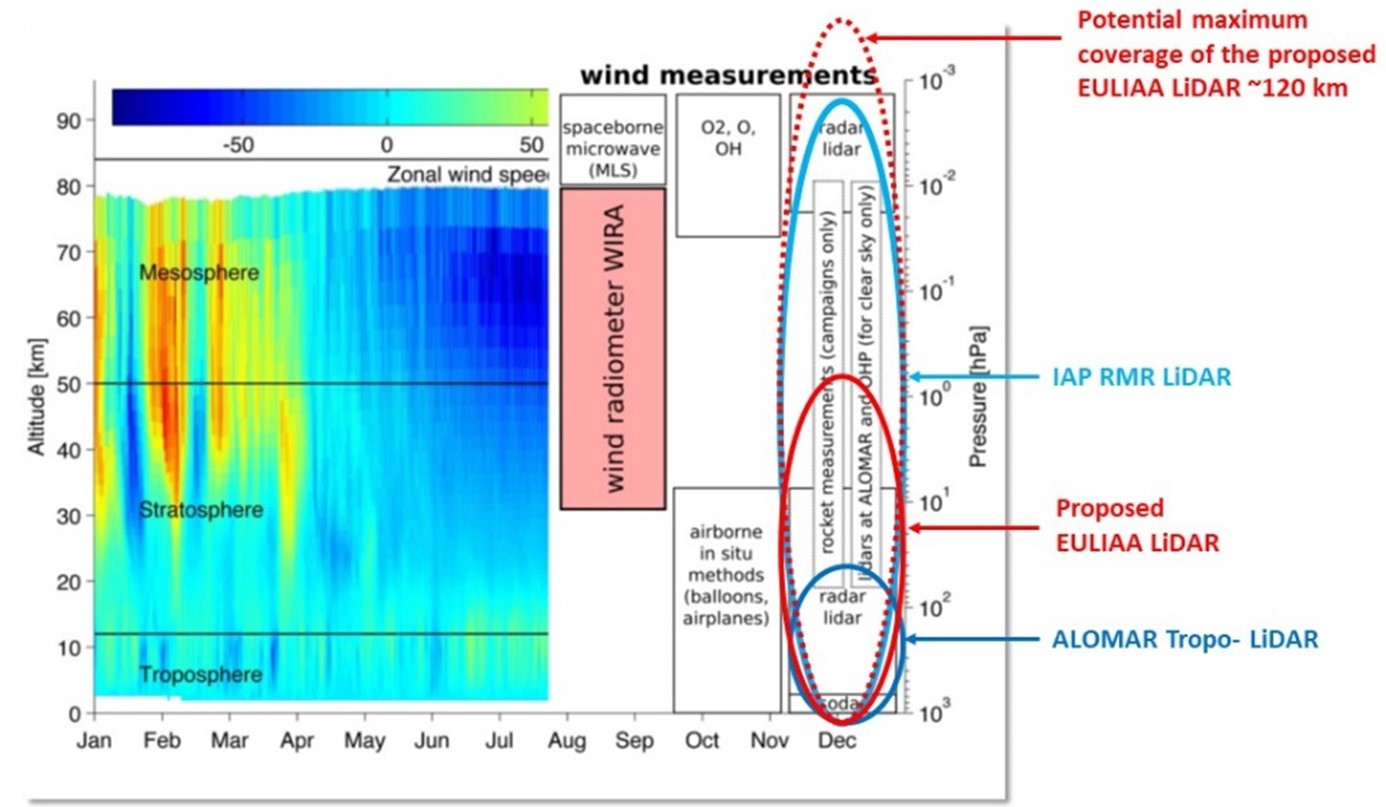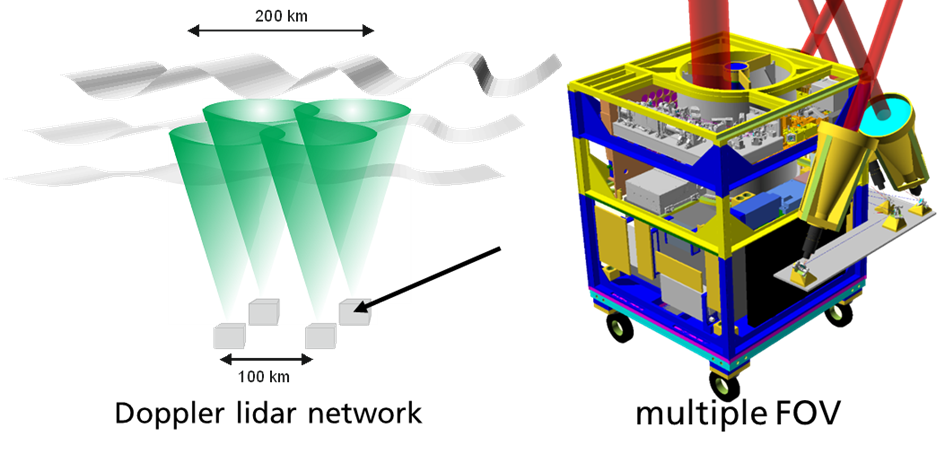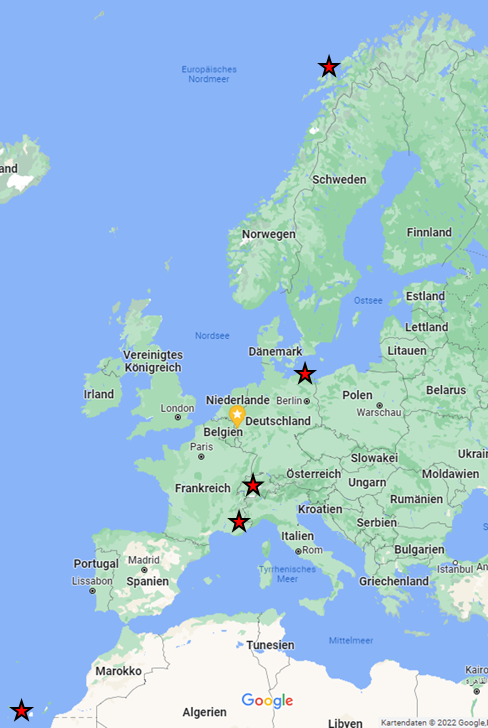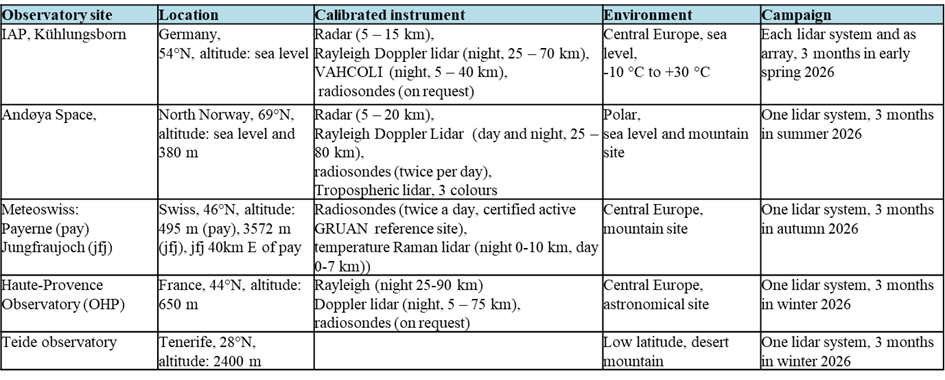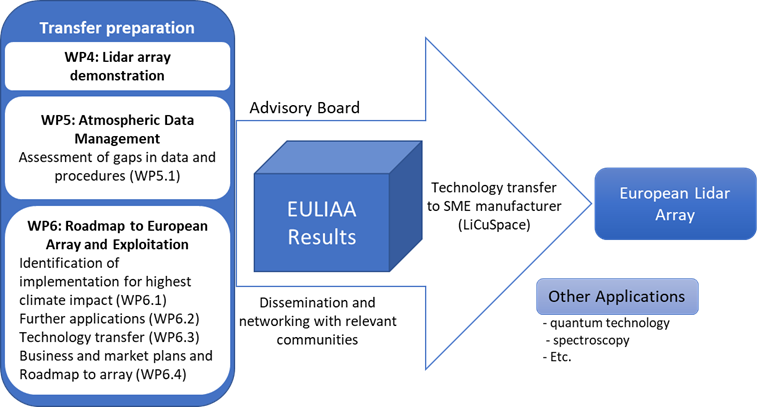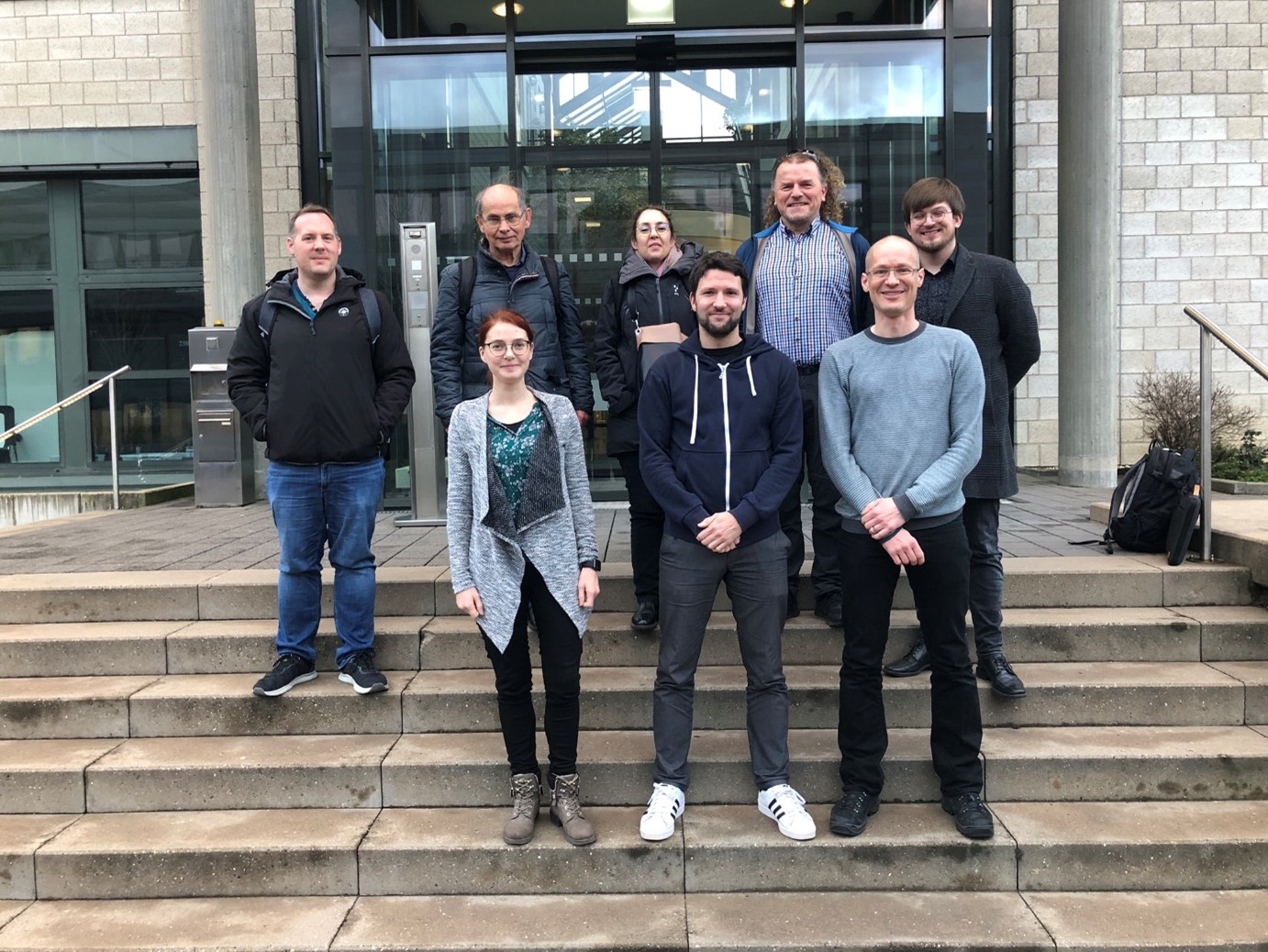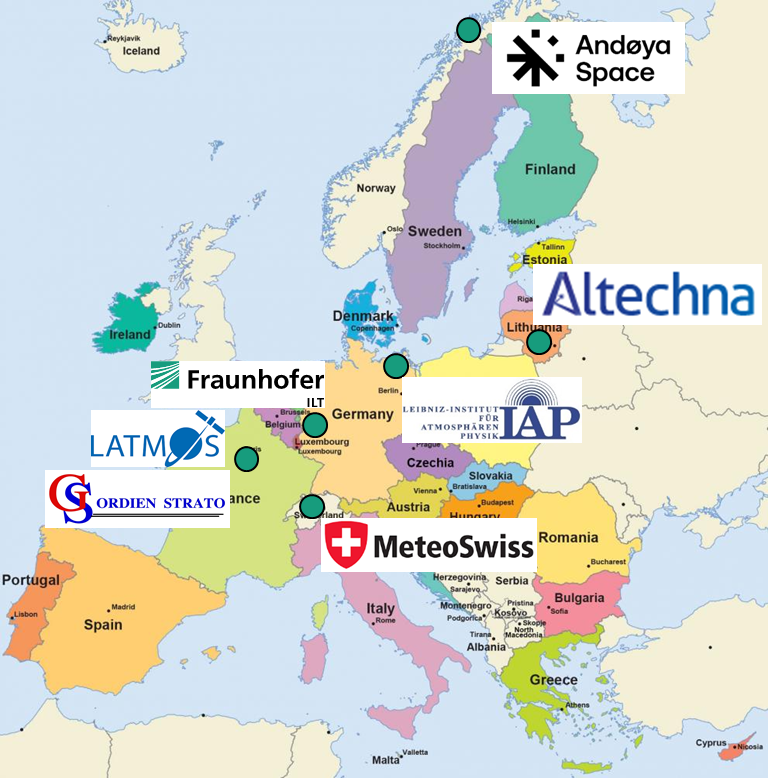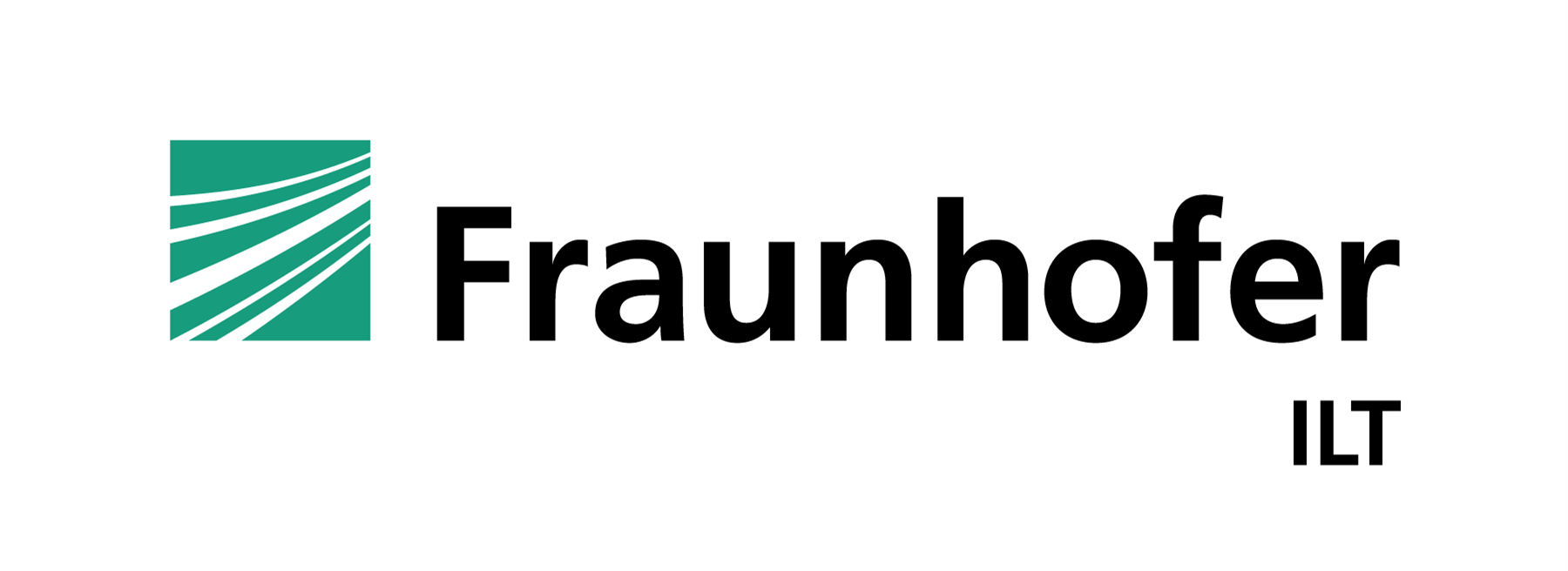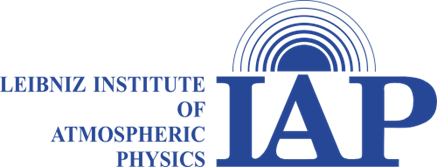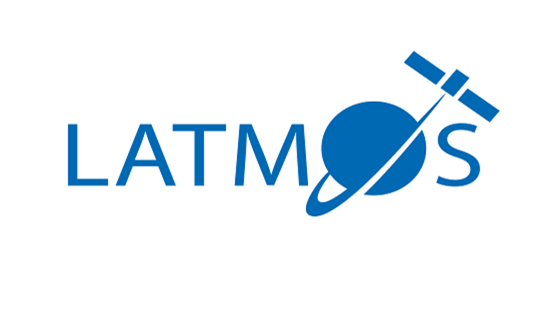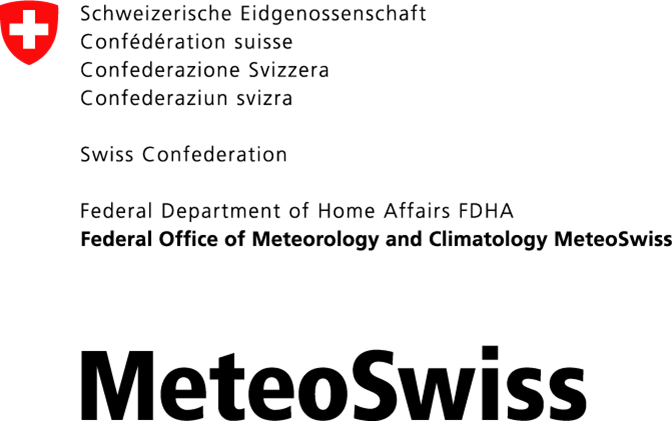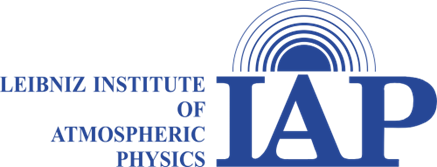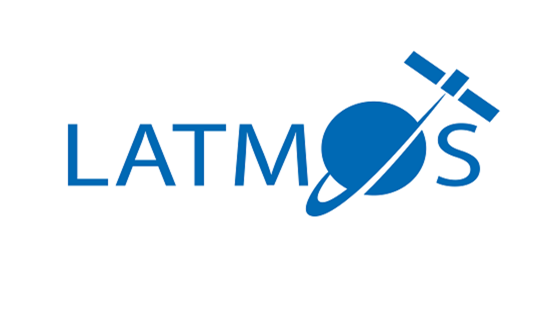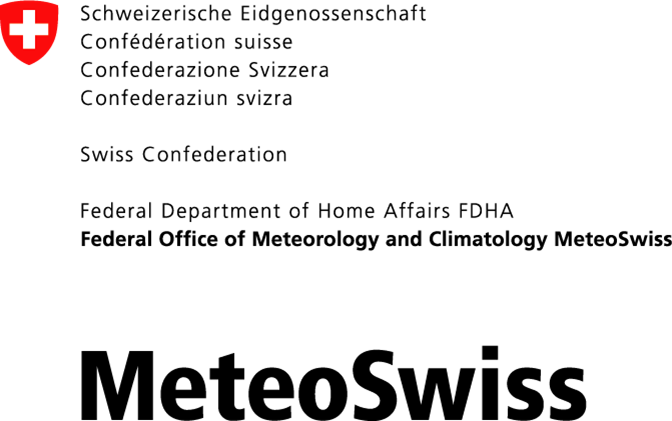EULIAA - European Lidar Array for Atmospheric Climate Monitoring
Efforts to mitigate climate change have made understanding and monitoring atmospheric physics (including wind and temperature distributions in the atmosphere) increasingly important. It is crucial to improve climate models and weather forecasts. However, there is a data gap for continuous measurements above 5 km, which is the maximum height of commercial compact wind radars and lidars. The EU-funded EULIAA project will develop a lidar array measuring autonomously the atmospheric wind and temperature from 5 km up to 50 km on a 24/7 basis over a long period (more than 1 year without maintenance) and covering a large observation area (up to 10 000 km2). The new lidar units are low priced, compact, efficient, easily transportable, and powered by wind turbines or solar panels.
EULIAA will yield novel data sets in near real-time for implementation into European databases Copernicus and GEOSS, that will fill current data-gaps and help to monitor the effects of climate change and to evaluate climate protection measures.
Once the enhanced capability developed within EULIAA has been demonstrated and validated in difficult-to-reach regions (polar, equatorial, and mountain), with a high TRL (6–8), a business plan and roadmap for a European array will be produced, involving relevant industrial, standardisation, and end-user actors.
The EULIAA project (lasting 48 months and budget of 3.2 M€) gathers 7 partners from 5 countries with experts in lidar and its subsystems, atmospheric observatories, and atmospheric data provider. It contains all the necessary disciplines to ensure the technological development, data transfer, and sustainable exploitation.
 Fraunhofer Institute for Laser Technology ILT
Fraunhofer Institute for Laser Technology ILT